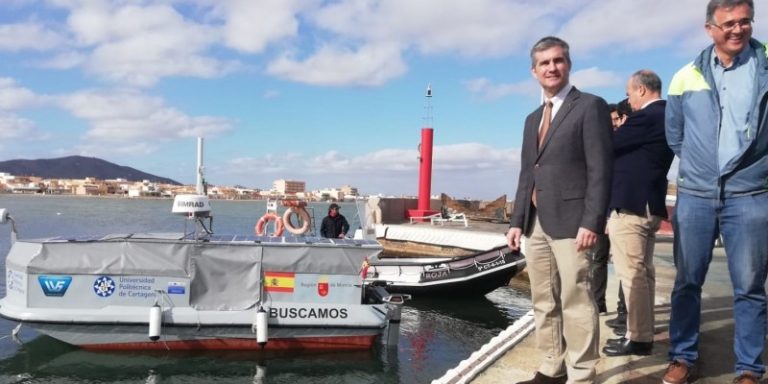
Marine protected areas are areas that contribute to sustainable fisheries and other activities. They are subject to specific protection measures in order to allow the species present to be able to reproduce and therefore, to make them last. This process requires great vigilance on the part of the authorities with regard to the human activity that takes place in these areas. In order to support them, researchers have been developing an artificial intelligence and robotics solution for three years in the Mediterranean to monitor areas and prevent risks to marine ecosystems.
A project to help combat illegal activities in protected areas
Currently, the surveillance of these areas is carried out through routine inspections or through devices to detect illegal activity in these protected areas. New technologies, and in particular AI and robotics, could represent an additional reason for hope for a better protection of these areas.
It is in this context that a team of researchers from the Autonomous Automation and Robotics Division (DAyRA), integrated into the IEER research group of the Polytechnic University of Cartagena (UPCT), has launched the VIGIA project : a coastal surveillance system based on autonomous vehicles. The team includes Juan Carlos Molina, Javier García, Antonio Guerrero and Marouane Salhaoui, experts in electronics, robotics and telecommunications, and their project is supported by the Spanish Ministry of Agriculture.
Autonomous systems, robotics and artificial intelligence
The researchers carried out their project based on the marine reserve of Cabo de Palos-Islas Hormigas, and set up in the closest port to this protected area. From there, the first work began with the creation of a monitoring system. They use artificial intelligence coupled with visual recognition to allow the model to recognize ships and analyze their actions. The model is integrated into an autonomous marine robot that navigates the surface of the water, as Juan Carlos Molina, one of the researchers in the program, reports:
“The marine environment is a hostile and risky environment where a marine robot can offer significant benefits, avoiding risks to humans and extending the duration of mission operations. An autonomous surface marine robot must fundamentally incorporate the ability to move and maneuver autonomously with respect to marine reserve monitoring tasks.”
Cloud computing and edge computing models are used to recognize these vessels. The robot can move autonomously and therefore can scan the protected area that the coast guard defines beforehand.
Research in collaborative robotics
The implementation of this project also aims to carry out further research into collaborative robotics, as Antonio Guerrero, one of the project researchers, explains:
“Our effort is focused on the ability to collect objects on the surface in a selective and environmentally friendly way, through the application of our experience in collaborative robotics. Here the research axes of autonomous marine robotics, collaborative robotics and artificial intelligence converge.”
The objective of the working group is twofold:
- On the one hand, to improve the technology of marine robots by increasing their capacity for autonomous operation through the advancement of robotics and artificial intelligence technologies
- On the other hand, to develop a tool that complements traditional systems and that in the future could lead to changes in the way marine reserves are monitored through the combination of robotics and artificial intelligence.
Eventually, the system resulting from this project could be used for any marine protected area in the Mediterranean basin.
Translated from Projet VIGIA : la robotique et l’intelligence artificielle pour la surveillance des aires marines protégées









